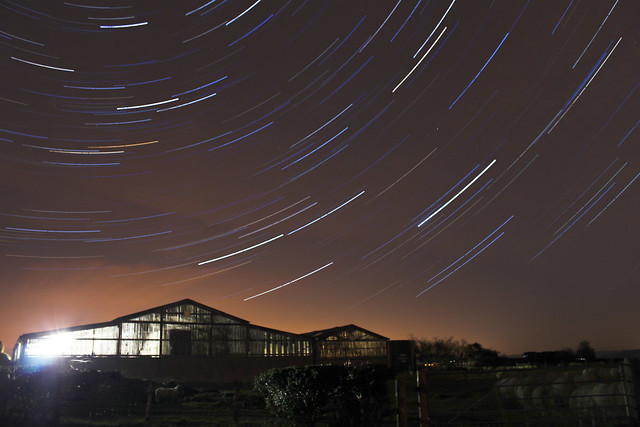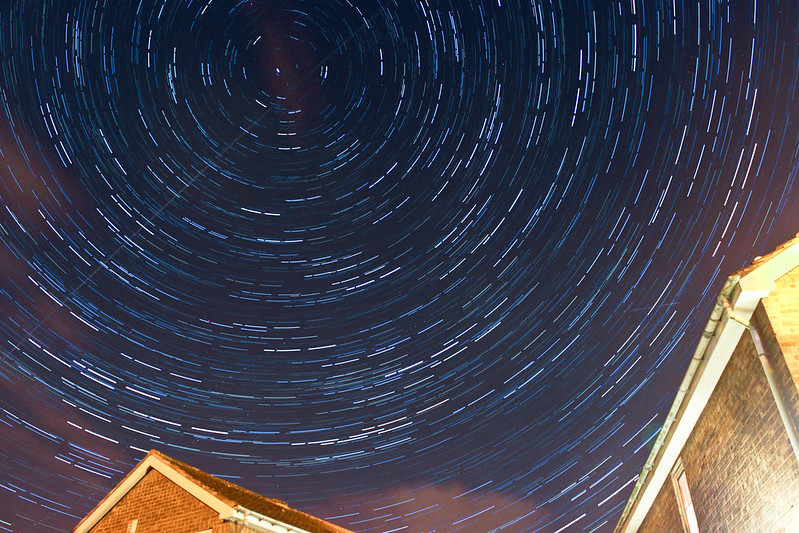- Messages
- 593
- Name
- Nick
- Edit My Images
- Yes

Had my first go last night, this is where i work.
Set the camera up and went back to work, not as long as i liked as the clouds set in :shake:
Also made a school boy error. :nono:
I never have my camera set to auto ISO, but tuesday i set it to auto as there was a thread on TP about it and i want to test something, anyway i never took it back off auto and the forgot about it.
It was not until i was in Lr and could not work out why the pictures varied in colour as i had set everything :bang:
Anyway i am happy for a first go, Now i want a wide angle lens



 the trails have come out well but I'm just wondering if there would be an opportunity to avoid the bright area at the bottom by tweaking settings
the trails have come out well but I'm just wondering if there would be an opportunity to avoid the bright area at the bottom by tweaking settings 







